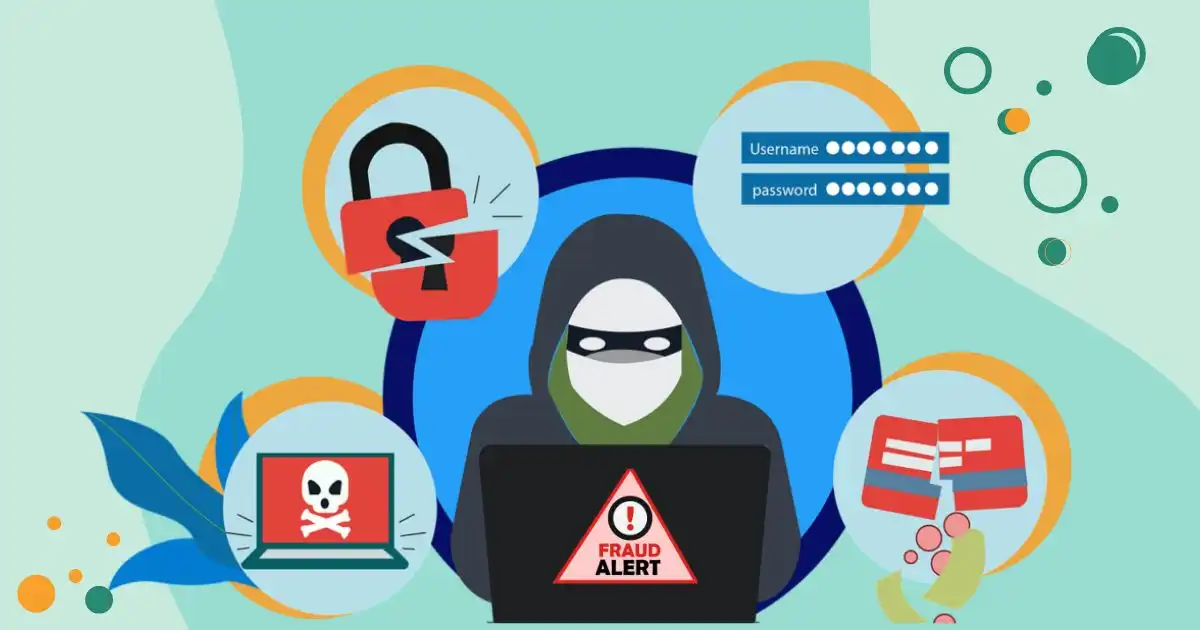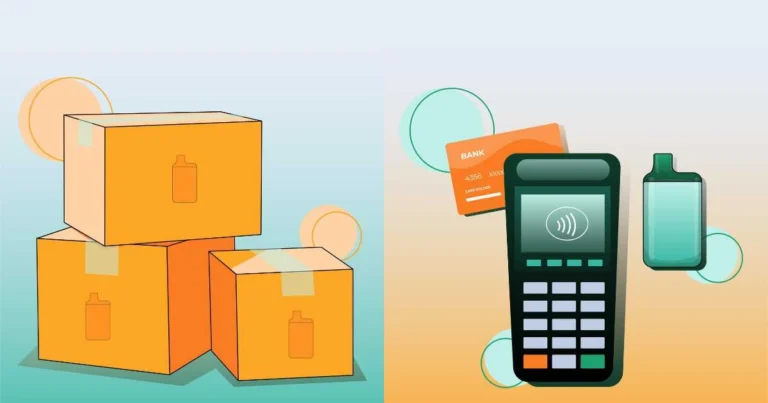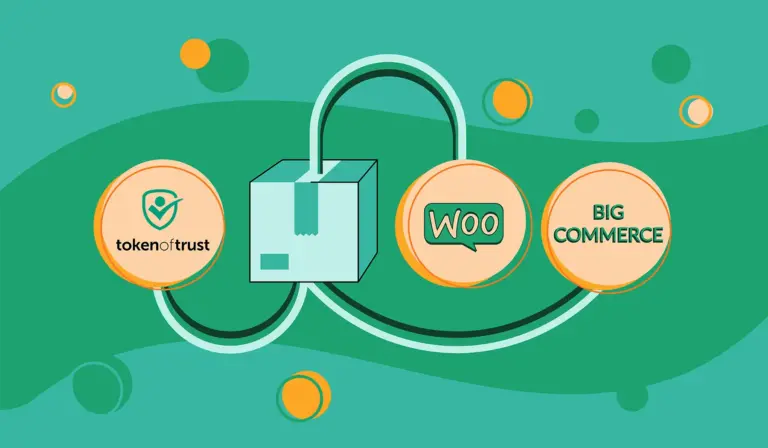Spotting the Red Flags with Fraud Triggers
How can you tell if a message is from your real friend or someone pretending to be them? With so many people we meet, particularly online, it’s not surprising that some are pretenders, often referred to as “posers.” What’s scary is that they can easily create fake profiles using other people’s names and photos—which they could also do to you. This makes all of us vulnerable to scams.
That’s why it’s important to recognize the fraud red flags that trigger suspicion. If there’s an unexpected message asking for help or an offer that seems too good to be true, these are often the first signs of fraud. But how can you be sure you’re making the right judgment? You need to know the fraud triggers to be certain. Here’s what you need to watch out for.
Red Flags for Fraud
1. Unsolicited Messages
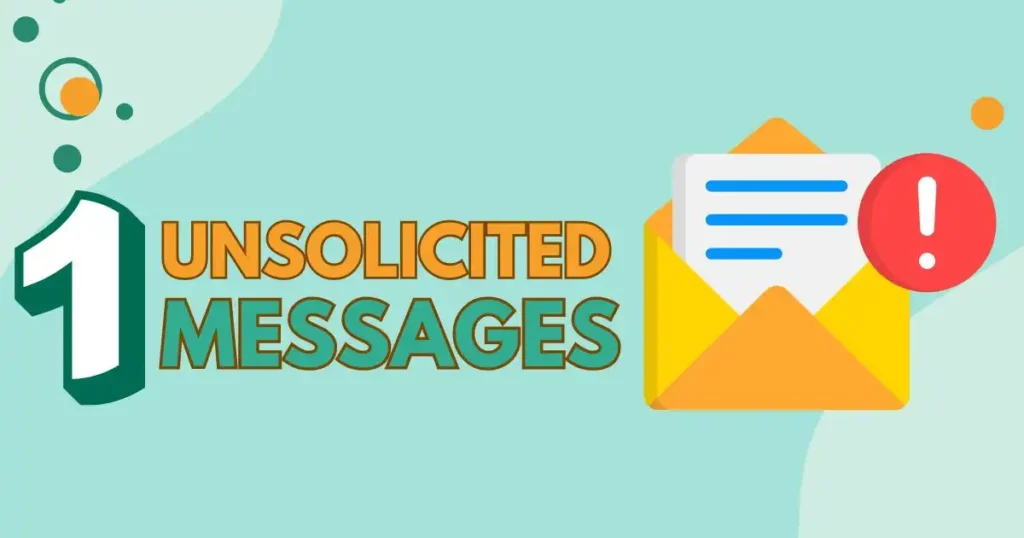
Unsolicited messages are unexpected emails, texts, or calls from unknown senders that often ask for personal information. These messages may claim:
- you’ve won a prize
- need to verify your account
- urge you to take immediate action
Always be cautious when receiving communications from unfamiliar sources, as scammers frequently use this tactic to lure victims into providing sensitive details.
2. Too Good to Be True Offers
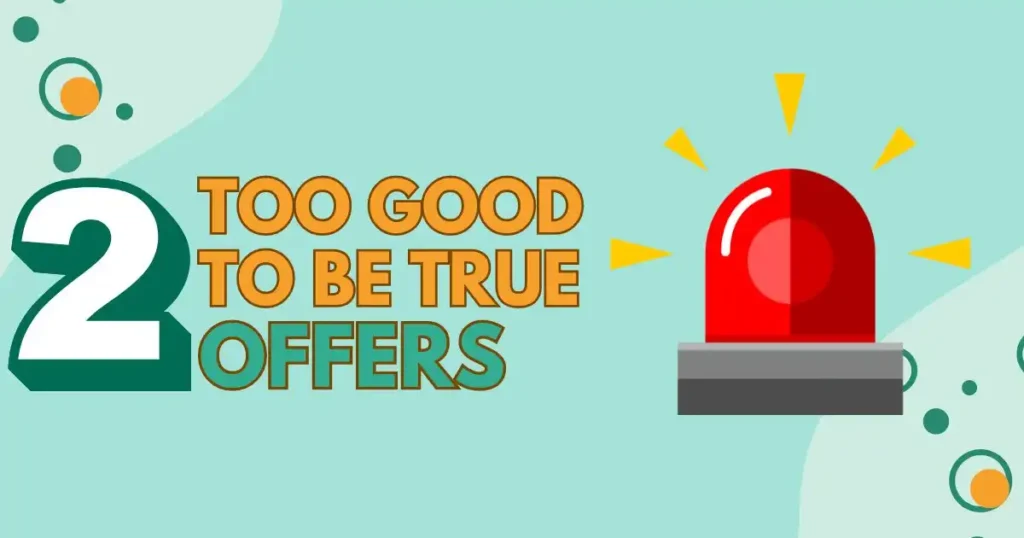
Offers that seem too good to be true often are. If you encounter promotions that promise unrealistic discounts, high returns on investments with little risk, or exclusive deals that sound enticing, proceed with caution. Scammers often use these alluring offers to attract victims, hoping to exploit their desire for a quick financial gain.
3. Poor Grammar and Spelling
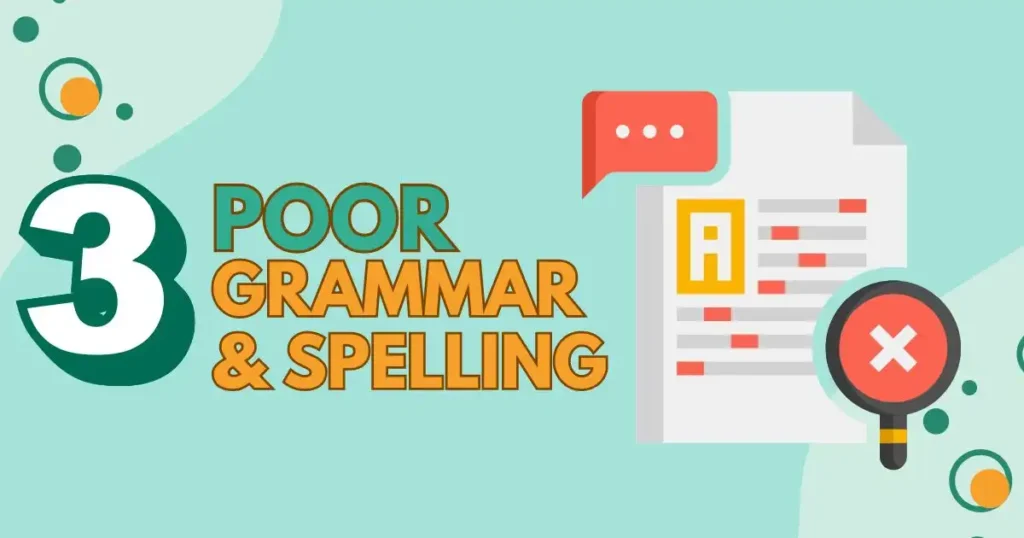
Emails or messages filled with spelling mistakes, awkward phrasing, or informal language can be a red flag for fraud. Many scammers do not take the time to create professional-looking communications, which can result in obvious errors. If you notice these signs, it’s wise to question the legitimacy of the message and avoid engaging further.
4. Pressure to Act Quickly
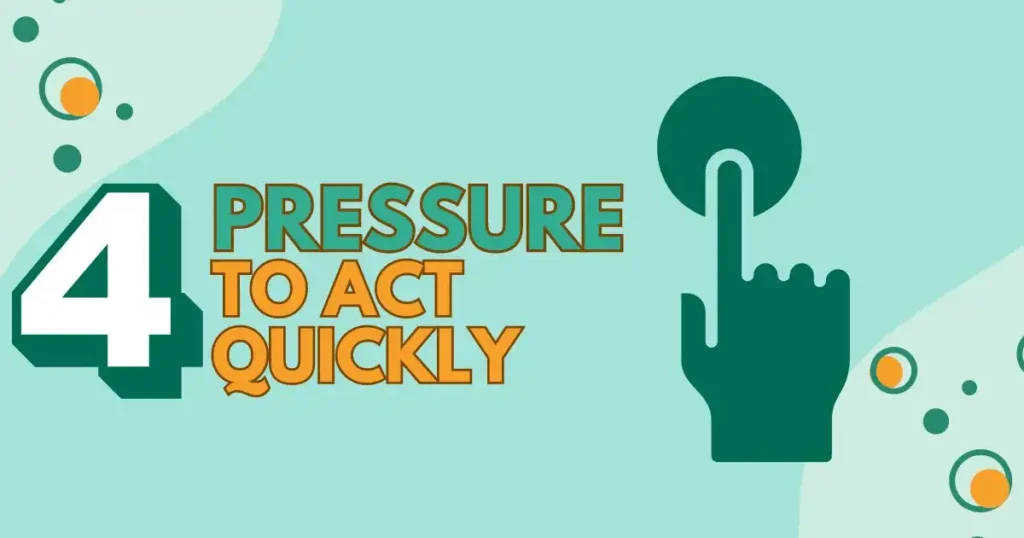
Fraudsters often create a sense of urgency by pressuring you to act quickly, such as confirming your account or making a payment. Messages that threaten account suspension or emphasize immediate action are typically designed to prevent you from thinking critically about the request. If you feel rushed, take a moment to analyze the situation and seek advice before responding.
5. Suspicious Payment Methods
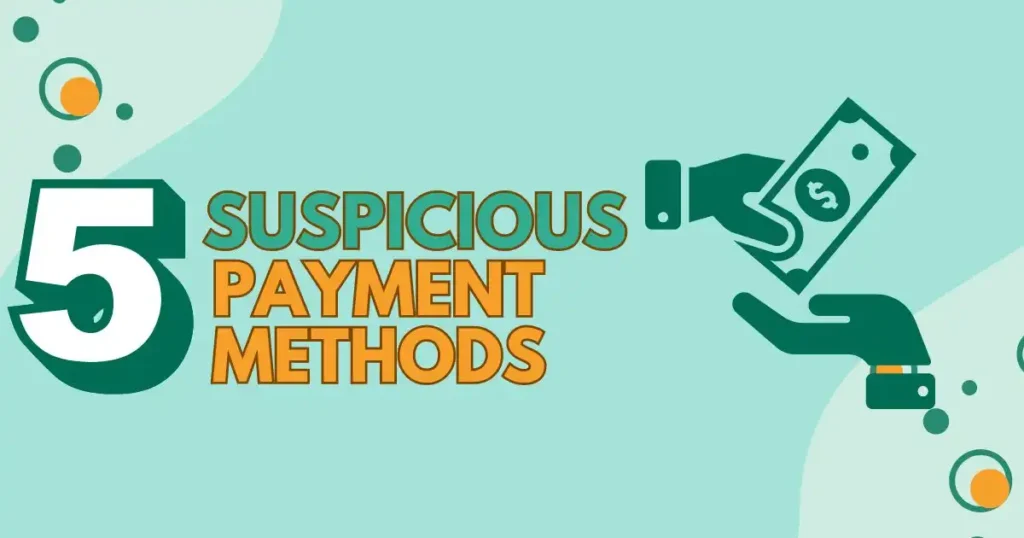
Be wary of any requests for payment via unconventional methods, such as wire transfers, prepaid cards, or cryptocurrency. Legitimate businesses generally use standard payment options, and if someone insists on these unusual methods, it’s likely a scam. Always verify the payment process before proceeding with any transaction.
6. Unofficial Website Links
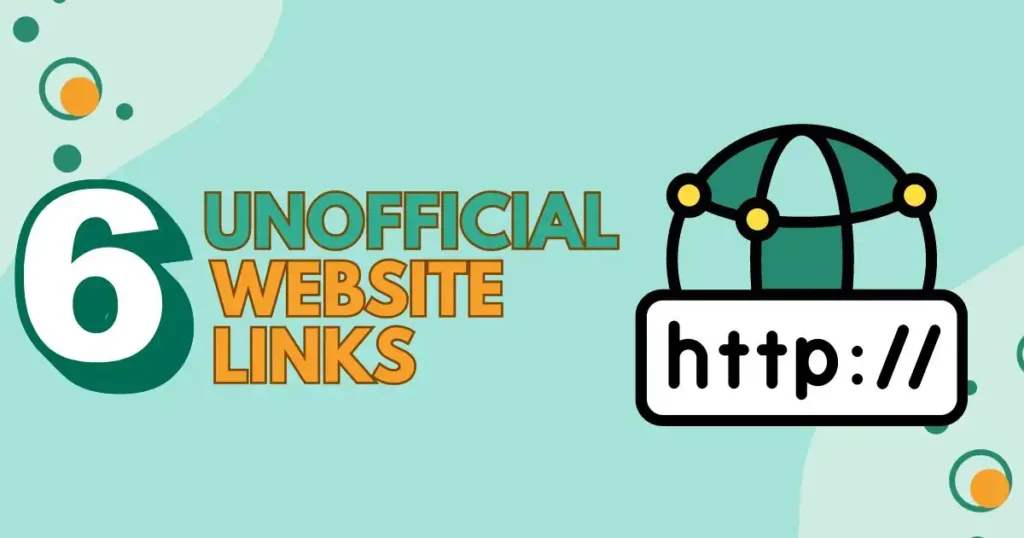
When you receive links in emails, it’s necessary to verify their authenticity. Scammers often use misleading URLs that may appear similar to legitimate websites but contain strange spellings or extra characters. Before clicking, hover over the link to see the actual URL, and ensure it matches the official site to avoid falling victim to phishing attempts.
7. Requests for Personal Information
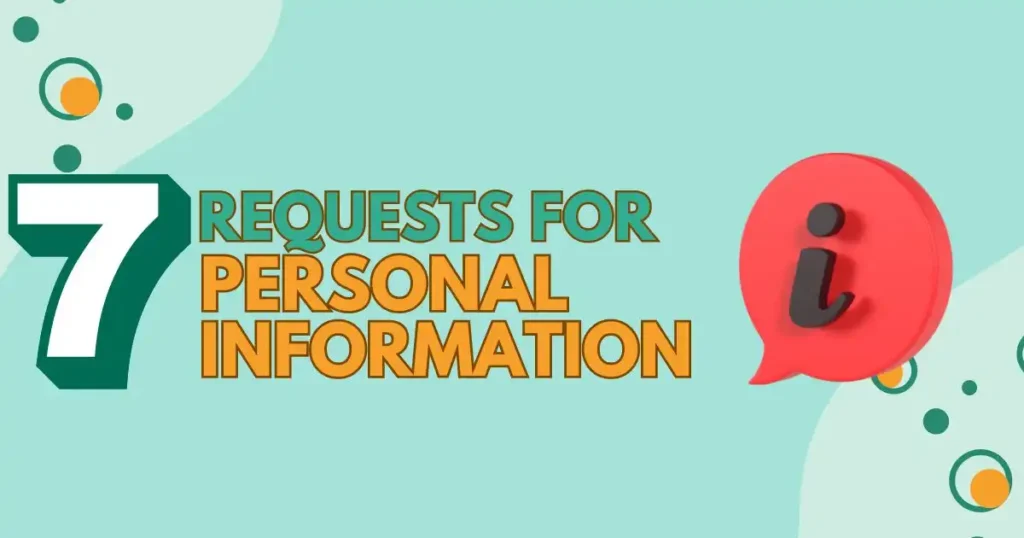
Legitimate companies will not ask for sensitive information, such as your Social Security number, bank account details, or passwords, through email or text. If you receive a request for this type of information, it’s a major red flag that you are dealing with a scammer. Always be cautious and refrain from sharing personal details unless you are certain of the recipient’s identity.
What Measures do Websites Take to Prevent Fraud?
Fraud is a significant concern for websites and online platforms. To protect their users and maintain trust, these sites implement various measures to ensure that their users are real people, not fraudsters. Here’s a look at some of the common strategies employed.
User Verification
One of the first steps websites take to prevent fraud is verifying user identities. This often involves:
- Email Verification: After signing up, users receive an email with a confirmation link. Clicking this link confirms that the email address is valid and belongs to the user.
- Phone Verification: Some sites require users to verify their phone numbers by sending a text message with a unique code. This adds an extra layer of security.
CAPTCHA Challenges
To ensure that users are human, many websites use CAPTCHA (Completely Automated Public Turing test to tell Computers and Humans Apart) challenges. These tests require users to solve puzzles, like identifying objects in images or typing distorted text. This helps prevent automated bots from creating fake accounts.
Monitoring User Behavior
Websites continuously monitor user activity to detect fraud behavior and fraud triggers. Key strategies include:
- Anomaly Detection: If a user suddenly starts performing unusual actions, like logging in from multiple locations in a short time or making numerous purchases in quick succession, the website may flag this as suspicious.
- Transaction Monitoring: E-commerce sites often analyze purchase patterns to identify fraudulent transactions. For example, large purchases from new accounts might trigger alerts.
Security Protocols
Websites implement various security measures to protect user data and prevent fraud:
- SSL Certificates: Secure Socket Layer (SSL) certificates encrypt data transferred between the user and the website, making it harder for hackers to intercept sensitive information.
- Two-Factor Authentication (2FA): This adds an extra layer of security by requiring users to provide two forms of identification before accessing their accounts, such as a password and a temporary code sent to their phone.
Education and Awareness
Many websites also invest in educating their users about potential fraud risks. They may provide:
- Security Tips: Websites often share guidelines on creating strong passwords and recognizing phishing attempts.
- Reporting Mechanisms: Encouraging users to report suspicious activity helps websites act quickly against fraud.
Spot the Fraud Triggers with Token of Trust
Safety is what we create, and risk is what we prevent. With the right tools, we can achieve a secure online environment. Token of Trust’s identity verification software is designed to help you verify that your users are real and trustworthy.
- Quick and Easy Verification: Streamline the process for your customers while minimizing the chances of fraud.
- Stay Compliant Worldwide: Ensure you meet legal requirements in different regions, keeping your business and customers protected.
- Focus on Security and Privacy: Safeguard sensitive information while fostering trust with your users.
Invest in safety and security because it’s far more practical than trying to cure the consequences of fraud. Choose Token of Trust, and let’s create a safer online space together!
